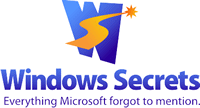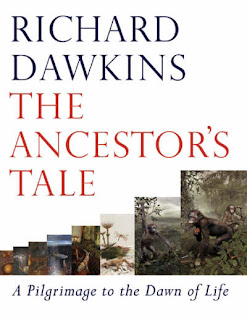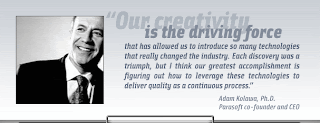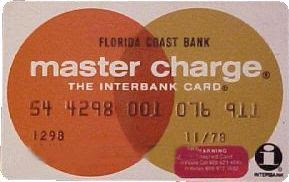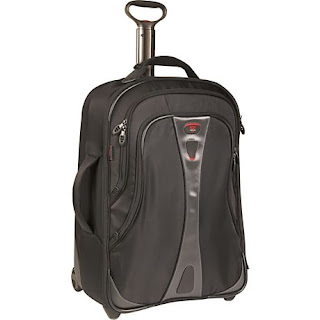 It’s the perfect gift for Dads and Grads! Pricing for a DNA portrait starts at $390, but now you can identify the gene that puts butterflies in your tummy for just a few dollars more, according to this press release.
It’s the perfect gift for Dads and Grads! Pricing for a DNA portrait starts at $390, but now you can identify the gene that puts butterflies in your tummy for just a few dollars more, according to this press release.
DNA 11’s DNA Art Portraits Now Offer More Insight into Your Genes
NEW YORK, NY. – June 3, 2008 – DNA 11, originators of DNA art and pioneers in the industry, are excited to announce that they have created the GenePak that allows customers to identify specific genetic traits in their custom DNA-portraits.
As the leader in the industry, DNA 11 continually works to create new and innovative options and services for their clients. They are constantly working to add even more life to their client’s DNA art images.
With the advent of companies such as 23andMe and deCODEme that offer gene analysis services to reveal predispositions for certain diseases or health risks, DNA 11 thought it would be exciting to offer added consumer genomics products, but with a different outcome – one that provides more entertainment value.
“Our clients have been so happy with their unique DNA art portraits that we wanted to add even more insightful and exciting options for them,” Nazim Ahmed, co-founder, DNA 11 says.” This new GenePak option allows clients to analyze their genes in an interesting way that creates great entertainment value for friends and family.”
GenePak isolates specific genes during the lab process which identify and represent four different areas of human characteristics:
• Sport: Show off your muscles without having to flex. This gene called ACTN2 is expressed in all muscle cells.
• Brain: This gene — IGF-2 — is associated with intelligence. It is not the only gene whose expression correlates with IQ, but one of them that is involved in development of the brain.
• Love: This gene — NGF2 — is one of the genes responsible for those butterflies in your stomach when you meet that special someone.
• Gender: This gene — Amelogenin — is often used to determine whether someone is male or female.
“Just as an artist points out and explains specific aspects of an art piece, our clients can do the same,” Nazim adds. “For example, they can point to certain areas that represent their brain or gender; it’s a great conversation piece.”
The GenePak upgrade option costs $99 and includes a detailed booklet that describes the lab process.








